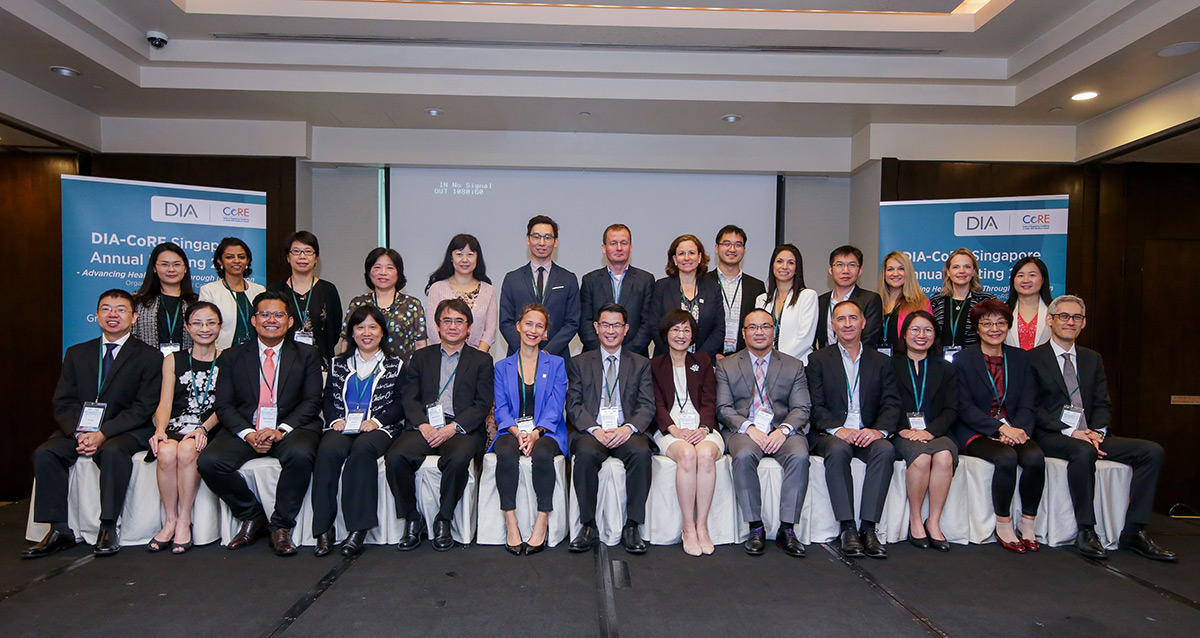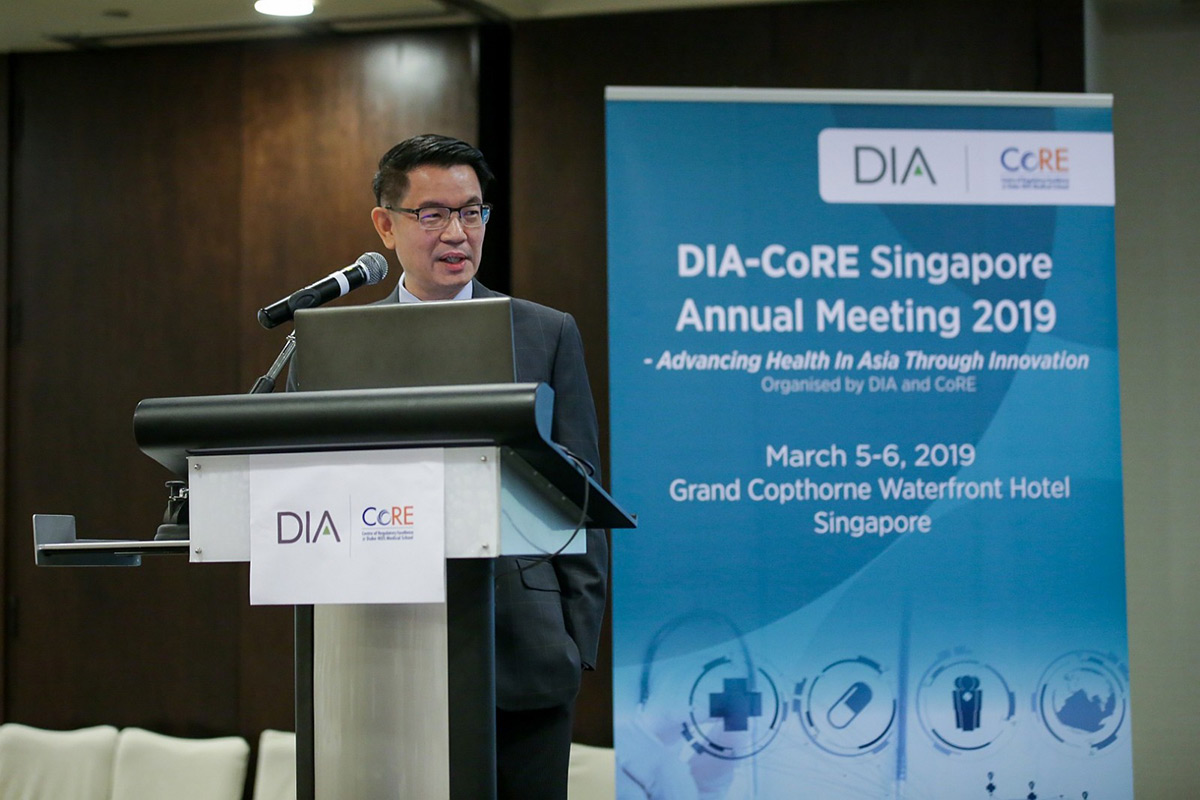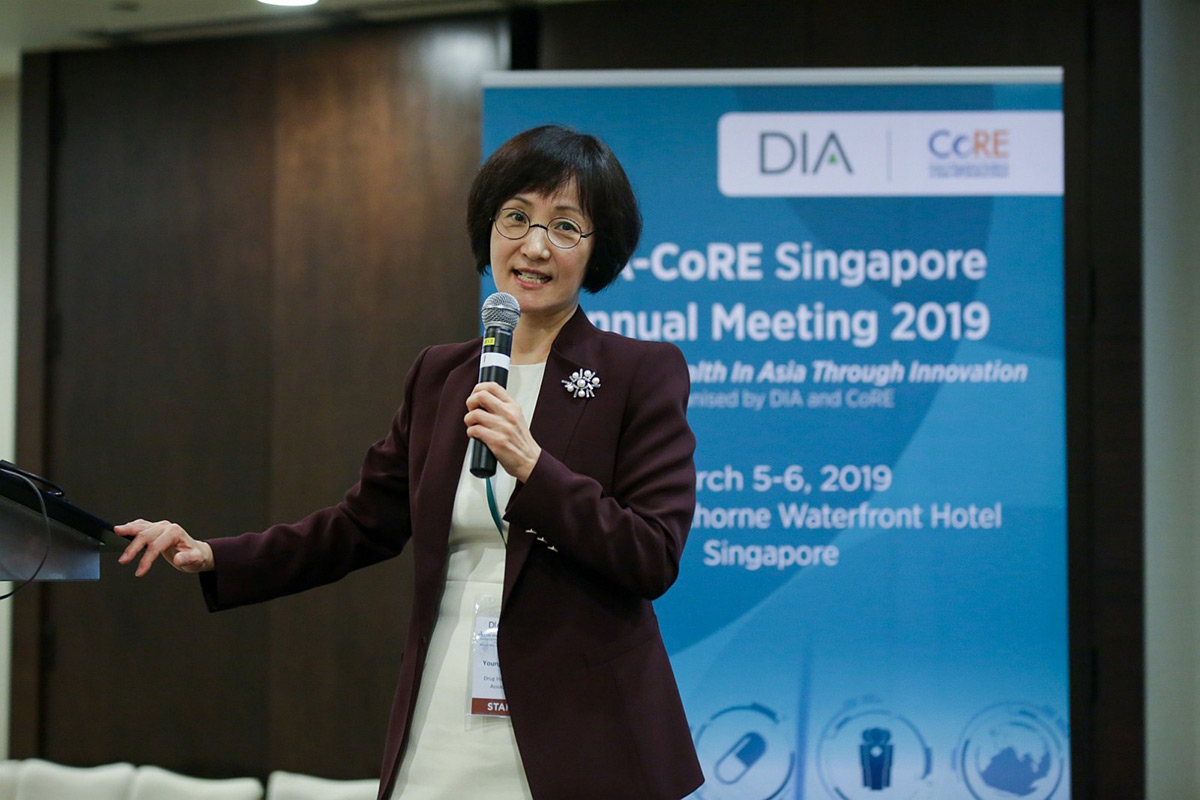Around the Globe
Advancing Health in Asia Through Innovation
Senior Associate Dean, Graduate Studies; Deputy Director
Centre of Regulatory Excellence, Duke-NUS Medical School
@dukeNUS
orldwide demand for healthcare is rising rapidly and innovators are responding with vigor to meet patients’ needs. In a highly diverse region such as Asia where the political, socioeconomical, and environmental contexts vary across countries, the added complexity from the evolving healthcare needs and emerging trends in the region inevitably presents challenges but also opportunities for healthcare stakeholders. Within the increasingly complex healthcare ecosystem in Asia, how are stakeholders contributing to the drive for health innovation while also enabling patients’ access to these innovations?
Key Takeaways
- To meet rising healthcare demands in Asia, health innovations are advancing rapidly across the pharmaceutical, biopharmaceutical, and medical devices sectors, in particular through the emergence of digital health across the board.
- Digital health aims to transform healthcare by optimizing clinical and operational effectiveness, increasing patient engagement, empowering patients for self-care, and boosting clinical research. Combining digital tools with advanced data analytics creates further potential to enable a well-informed, data-driven healthcare system.
- Asian regulators and regulatory affairs professionals are making great efforts to keep abreast of innovations and facilitate the access of patients to these innovations by advancing regulatory science, employing risk-based approaches to regulation, and promoting multi-stakeholder collaboration.
Innovations Galore in Asia

DIA-CoRE Singapore Annual Meeting Program Speakers
Digital health is transforming healthcare.
Examples of Digital Health Applications
- Implemented in a dengue-prevalent area in a Southeast Asian country, an AI-based dashboard predicts dengue outbreaks through real-time collection and analysis of dengue epidemiology data, enabling timely and accurate response by healthcare stakeholders.
- AI algorithms have been developed to function as cost and risk predictors to inform operational decision making by healthcare providers.
- Electronic labeling, or eLabeling, of healthcare products can facilitate communication of and access to accurate and up-to-date health-related information by patients and consumers.
- User-friendly and intuitive digital technology such as mobile health applications, wearable devices, and connected platforms can empower patients and consumers for self-managing their own health.
- Digital clinical research is being enabled through the merging of digital tools, machine learning, and advanced data analytics, improving clinical trial efficiency from biomarker identification to recruitment strategies to safety monitoring.
Innovations in (bio)pharmaceuticals and medical devices continue to progress.
In addition to digital health, other innovations in medical technology include the potential application of blockchain in the healthcare supply chain and ongoing efforts to develop diagnostic technologies that can be easily implemented and used in developing countries and other low-cost settings.
Advancing Regulatory Science and Promoting Multi-Stakeholder Collaboration
Other regulatory science developments include the multiple regulatory science-based strategies implemented by Japan’s Pharmaceuticals and Medical Devices Agency (PMDA); the Taiwan Food and Drug Administration (TFDA)’s considerations of real world evidence in regulatory decision-making; and the Singapore Health Sciences Authority (HSA)’s use of big data analytics for active post-marketing safety surveillance.

John Lim, CoRE Executive Director

Youngshin Lee, Senior Vice President & Managing Director, DIA South Korea and ASEAN
Bringing It All Together: A United, Continually Improving, Data-Driven Healthcare System
The wealth of information presented at the second DIA-CoRE Singapore Annual Meeting has accentuated the unstoppable wave of innovation in Asia and, at the same time, signaled an urgency for all stakeholders to pave the way for patients to access the fruits of innovation. As underlined by CoRE Executive Director John Lim and Youngshin Lee (Senior Vice President & Managing Director, DIA South Korea and ASEAN) in their welcome remarks, it is absolutely vital for stakeholders to unite in the effort to advance health, scientific, and regulatory excellence. All stakeholders play a role in supporting and driving patient-focused goals within a continually innovative, data-driven health system.

